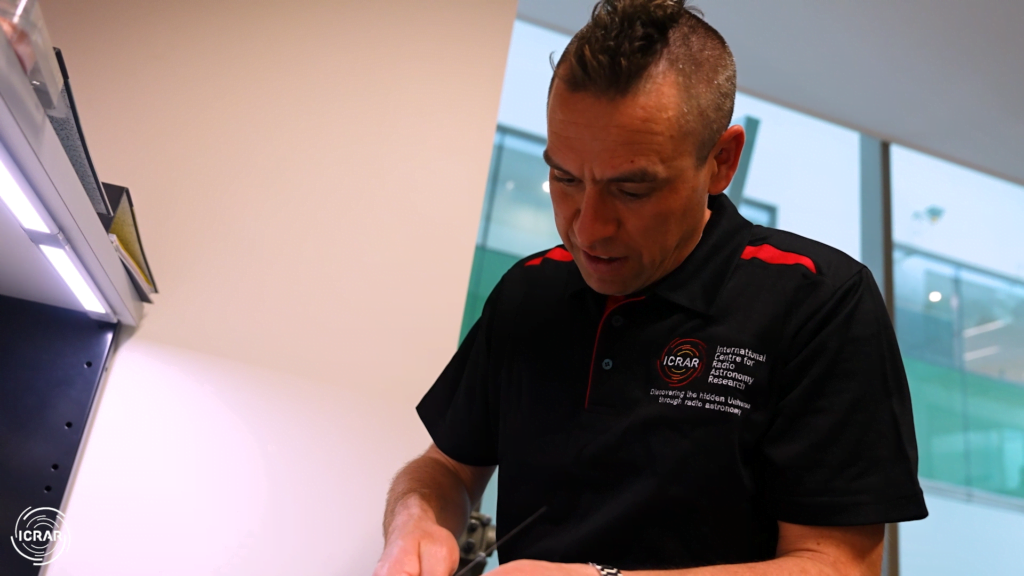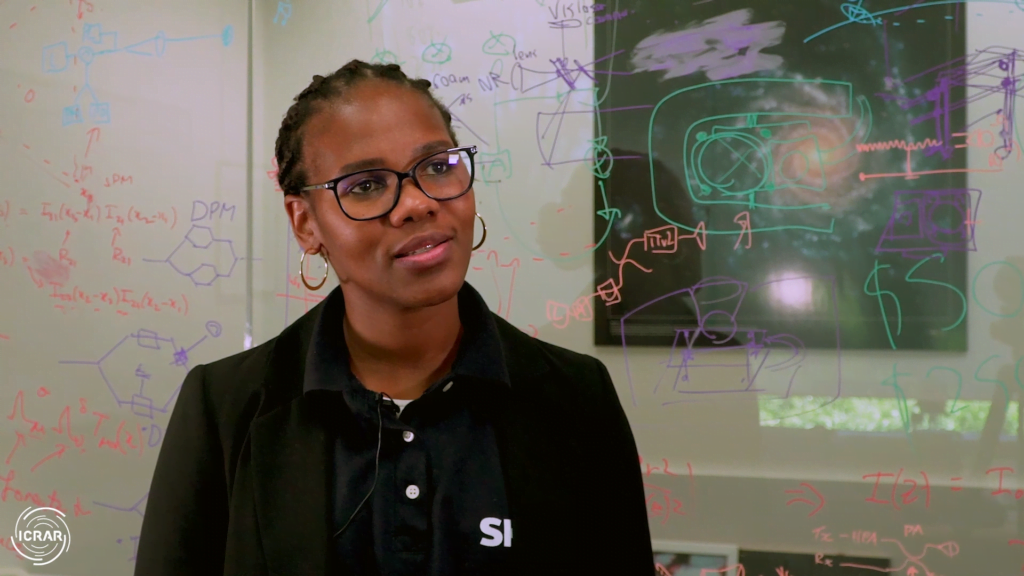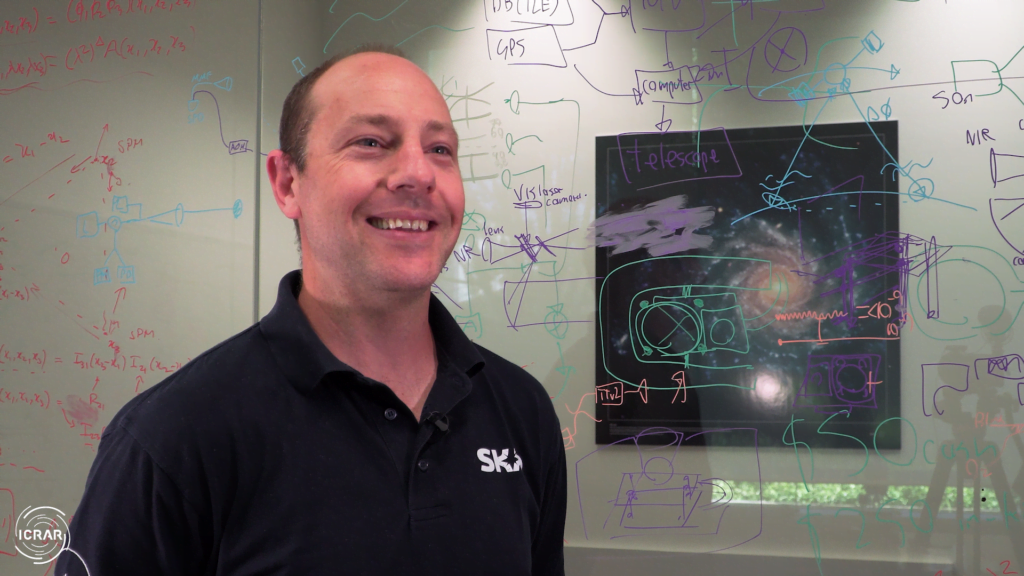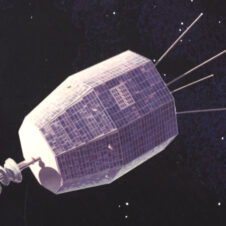ICRAR’s University of Western Australia node has been awarded the construction contract to build the Square Kilometre Array’s Frequency Distribution System in South Africa.
It’s the latest success for ICRAR’s Astrophotonics group headed by UWA’s Associate Professor Sascha Schediwy, with the team’s design having previously been selected as the preferred solution for the next-generation radio telescope.
The $12M construction contract will see Schediwy’s team build critical infrastructure for the Square Kilometre Array MID telescope (SKA-MID), keeping the dishes of the sprawling observatory perfectly synchronised over the hundreds of kilometres it will span once complete.
“Having the UWA design selected for use on the SKA-MID was a great honour,” said A/Professor Sascha Schediwy.
“It really validated the hard work the team put into the design and testing of the technology.”
“With the Frequency Distribution System being such a specialised piece of hardware, winning the construction contract gives our team this fantastic opportunity to ensure the job is done how we’d envisioned.”

A/Professor Sascha Schediwy and the Astrophotonics team have been working towards this project since 2013. Credit: ICRAR-UWA © 2022
The Frequency Distribution System will serve as the cutting-edge telescope’s ‘beating heart’, sending precise timing signals to each dish in the spiralling array, ensuring the timing signal does not degrade as it travels over the vast distances of fibre optic cable which will connect the array together.
The Square Kilometre Array Observatory’s (SKAO) team visited ICRAR UWA earlier this month to officially kick off the construction project.
Ben Lewis, SKAO Senior Project Manager for the SKA-MID telescope, says the importance of the system to the project could not be understated.
“We felt there was really only one partner around the world that had the mixture of skills, quality and capability to deliver the product that we need,” Lewis said.
“If you look at the core dishes, we could probably achieve some level of synchronisation without a system like this.”
“But as soon as we get to the outer parts of the spiral arm – which are key to the delivery of a lot of the SKA science objectives – they simply wouldn’t work without this system.”

SKAO Project Manager, Nontobeko Mnyandu, said ICRAR’s bid for the contract was bolstered by it’s demonstration of the technology through operational prototypes used at active observatories. Credit: ICRAR-UWA © 2022
SKAO Project Manager, Nontobeko Mnyandu, believes the UWA teams’ involvement in the SKA’s development helped position them to provide a unique and tailored solution.
“We want to make sure that when we scale up – which is the case with the SKA – we are able to benefit from the learnings from [the precursor telescope] MEERKAT and actually improve on the current design,” Mnyandu said.
“By the time we were able to look at the contract award, they already had an advantage because of the design being a preferred choice from the beginning, and [they already have] a product that is performing and meeting our requirement specifications.”
ICRAR’s Astrophotonics group began developing the project in 2014 with the aim of maintaining phase-coherence on large radio antenna arrays.
The scope of the project has evolved substantially over its development, scaling from an experimental system into a technology which has been tested and verified at existing radio telescopes around the world.
In November 2017 ICRAR’s solution was formally selected for use on the SKA1-MID telescope, with the project awarded a $1.5M grant by the Australian Government to develop a prototype for mass-manufacturing in 2019.
Mnyandu says the innovations developed by the worlds scientific communities to make the SKA a reality shows how important the project will be for future radio astronomy research.
“We have the same goal – to make this telescope the best thing for the science community and the best thing in our time,” Mnyandu said.
“We’re able to forge forward and utilize the latest and greatest technology to propel us.”

SKAO Senior Project Manager, Ben Lewis, said it was exciting to see Australia institutes creating novel solutions to the challenges the SKA faces. Credit: ICRAR-UWA © 2022
As an Australian working for SKAO in the UK, Lewis says seeing these projects come out of his home country is quite an exciting experience.
“Growing up in Australia, you see the strong background in radio astronomy and the fantastic output from our academic institutes,” he said.
“When you see collaborations like ICRAR bringing those scientists and engineers to the forefront of world beating radio astronomy facilities and other scientific facilities, it does really make me proud to be an Australian and proud to be involved in the project.”
ABOUT ICRAR
The International Centre for Radio Astronomy Research (ICRAR) was founded in 2009 to support Australia’s bid to host the world’s largest radio telescope, the Square Kilometre Array, representing one of the largest scientific endeavours in history.
Constituting a joint venture between Curtin University and the University of Western Australia, and proudly supported by the Government of Western Australia, ICRAR has grown into an internationally renowned, multi-disciplinary research centre for science, engineering, and data intensive astronomy, and is one of the top 5 astronomy centres in the world.
Our prize-winning team of 135 researchers from more than 32 countries includes an ARC Laureate Fellow, several ARC Future Fellows, and several Forrest Fellows.
Our Translation and Impact team works closely with industry, government, and communities to share our wealth of expertise and to help business grow.
More than half of ICRAR projects involve partnerships with international research institutions, and approximately 300 scientific papers are published annually in prestigious peer reviewed journals.
To learn more, visit icrar.org
ENDS

